
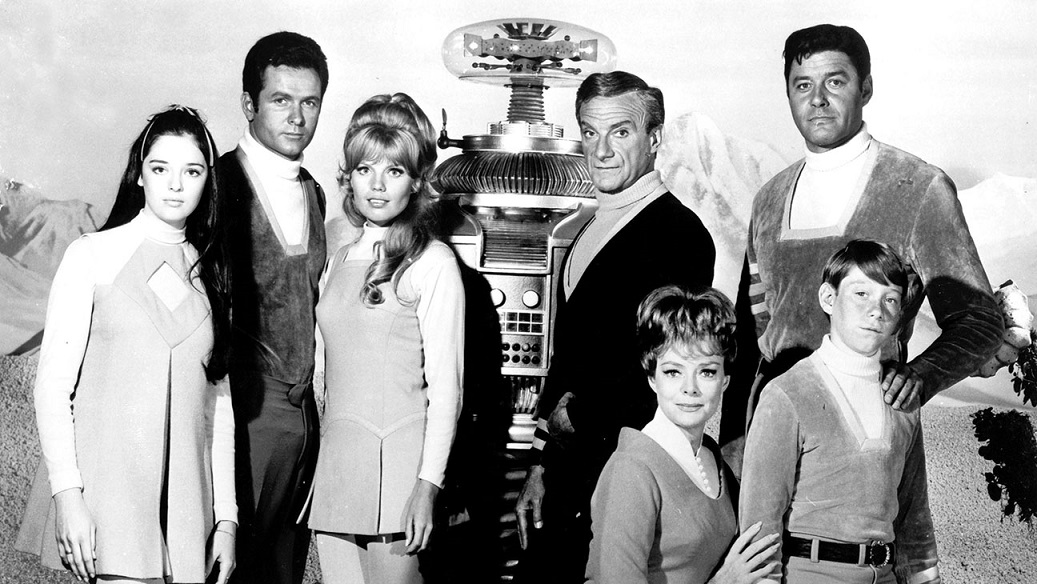 The 1950s were populated by scary science fiction with menacing aliens and experiments gone wrong. Things took a more adventurous turn in the ‘60s when TV shows dug into the imaginative wonder of space exploration. One of most beloved of those programs that could transport viewers away to strange lands was aptly named Lost in Space.
The 1950s were populated by scary science fiction with menacing aliens and experiments gone wrong. Things took a more adventurous turn in the ‘60s when TV shows dug into the imaginative wonder of space exploration. One of most beloved of those programs that could transport viewers away to strange lands was aptly named Lost in Space.
Irwin Allen, who had created Voyage to the Bottom of the Sea, created and produced Lost in Space. Inspired by the 1812 novel The Swiss Family Robinson and the Space Family Robinson Gold Key comic, it followed the Robinson family, a group of pioneering space colonists as they try to survive in deep space. The show ran for 83 episodes over 3 seasons, originally airing in 1965 to 1968. The first season was half-hour episodes shot in black and white, while the second and third were hour-long episodes filmed in color.
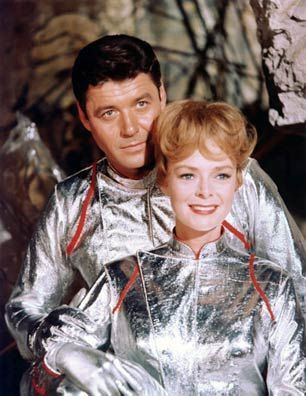 The series opens in October 1997 when the U.S. is planning to colonize space. The Robinsons leave Earth on the Jupiter 2, a saucer-shaped spacecraft, on a planned five-year journey to an Earthlike planet near the star Alpha Centauri. The parents are John (Guy Williams), the father and expedition commander, and Maureen (June Lockhart), the mother and a biochemist. Their children are Judy (Marta Kristen), Penny (Angela Cartwright), who befriends an alien creature she names Debbie, and Will (Bill Mumy), a child prodigy in computer technology and electronics. The cast was rounded out by Mark Goddard as pilot Major Don West, Jonathan Harris as Dr. Zachary Smith, and the Robot (voiced by Dick Tufeld).
The series opens in October 1997 when the U.S. is planning to colonize space. The Robinsons leave Earth on the Jupiter 2, a saucer-shaped spacecraft, on a planned five-year journey to an Earthlike planet near the star Alpha Centauri. The parents are John (Guy Williams), the father and expedition commander, and Maureen (June Lockhart), the mother and a biochemist. Their children are Judy (Marta Kristen), Penny (Angela Cartwright), who befriends an alien creature she names Debbie, and Will (Bill Mumy), a child prodigy in computer technology and electronics. The cast was rounded out by Mark Goddard as pilot Major Don West, Jonathan Harris as Dr. Zachary Smith, and the Robot (voiced by Dick Tufeld).
It is revealed that Smith plans to sabotage the mission while working for an unnamed nation. While reprograming the Jupiter-2’s environmental control robot to disable critical systems, he gets trapped during the launch. His extra weight throws the ship off course and it encounters asteroids. This, and the reprogrammed robot, causes the hyperdrive to engage prematurely sending them completely lost in the depths of space. He wakes the family prematurely to save himself and the ship, which then crashes on an alien world later identified as Priplanus.
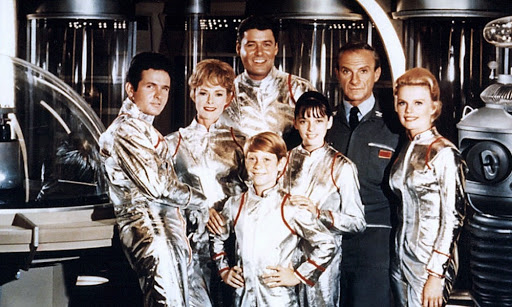 In the second season, the ship is finally repaired and launched back into space, but they crash into another new planet. The third season saw a change in format where the Jupiter 2 travels throughout space, stopping in a new world each episode.
In the second season, the ship is finally repaired and launched back into space, but they crash into another new planet. The third season saw a change in format where the Jupiter 2 travels throughout space, stopping in a new world each episode.
The original concept was developed in 1965 with a similar plot in which a family was sent on a 98-year journey to an Earthlike planet but was pushed off course by an asteroid. That unaired pilot, titled “No Place to Hide” was later shown on TV during a retrospective in 1997.
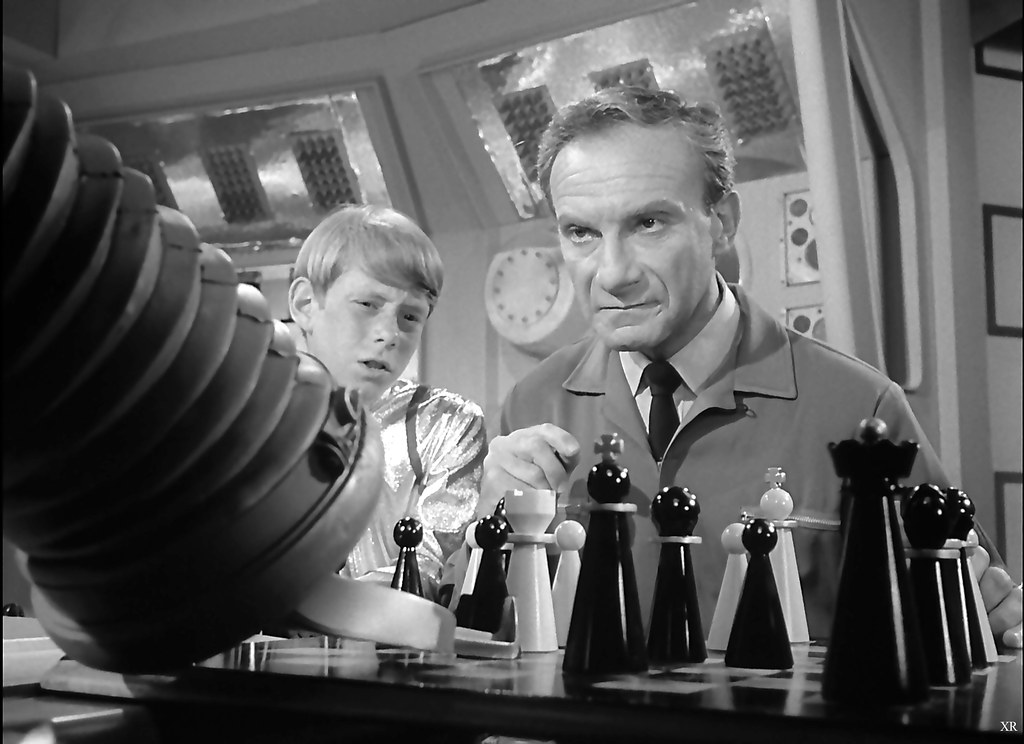 Early episodes in the first season focused on the Robinsons as they explored the terrain on the planet where they landed. The format later changed to a monster of the week style inspired by fantasy creatures. When Batman began airing in 1966, the show started mimicking the campy tone with cheesier humor, bright costumes, over the top action, and outlandish villains. The plots also shifted away from focusing on all characters to spotlighting Smith, Will, and the Robot. The third season became more of an adventure program with the crew meeting space pirates, ice princesses, and more animal-like creatures.
Early episodes in the first season focused on the Robinsons as they explored the terrain on the planet where they landed. The format later changed to a monster of the week style inspired by fantasy creatures. When Batman began airing in 1966, the show started mimicking the campy tone with cheesier humor, bright costumes, over the top action, and outlandish villains. The plots also shifted away from focusing on all characters to spotlighting Smith, Will, and the Robot. The third season became more of an adventure program with the crew meeting space pirates, ice princesses, and more animal-like creatures.
Lost in Space was famous for its catchphrases, mostly uttered by the Robot or Smith. The Robot would often repeat phrases like “Warning! Warning!” or “It does not compute” and the one that is still repeated in pop culture, “Danger, Will Robinson!” Smith regularly insulted the Robot, calling it things like a “Traitorous Transistorized Toad,” a “Bubble-headed Booby,” or a “Cackling Cacophony.”
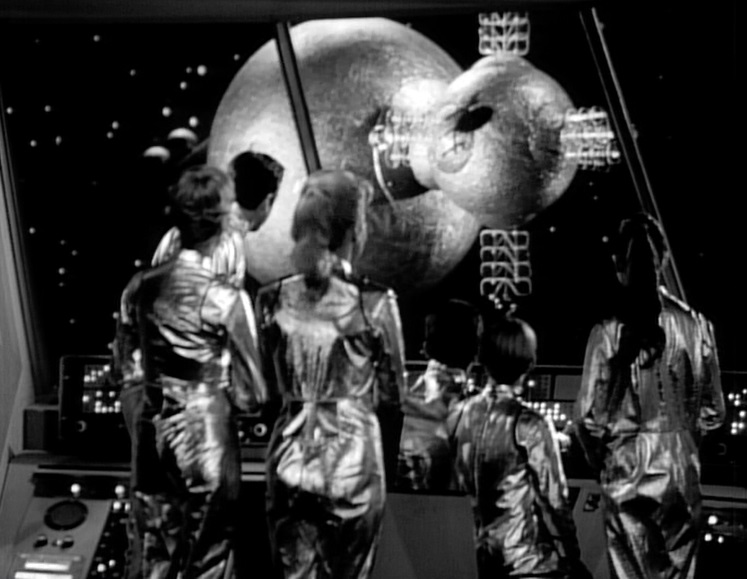 Lost in Space was known for its sets and props, featuring futuristic, space technology. The saucer-shaped ship had atomic motors, guidance control system, freezing tubes for suspended animation, and an electronic glide tube elevator. They had an all-terrain, amphibious tracked vehicle for ground transportation called the Chariot and Professor Robinson and Major West used a jet pack. The Space Pod was a small craft they used to travel from the Jupiter 2 to nearby planets in the third season.
Lost in Space was known for its sets and props, featuring futuristic, space technology. The saucer-shaped ship had atomic motors, guidance control system, freezing tubes for suspended animation, and an electronic glide tube elevator. They had an all-terrain, amphibious tracked vehicle for ground transportation called the Chariot and Professor Robinson and Major West used a jet pack. The Space Pod was a small craft they used to travel from the Jupiter 2 to nearby planets in the third season.
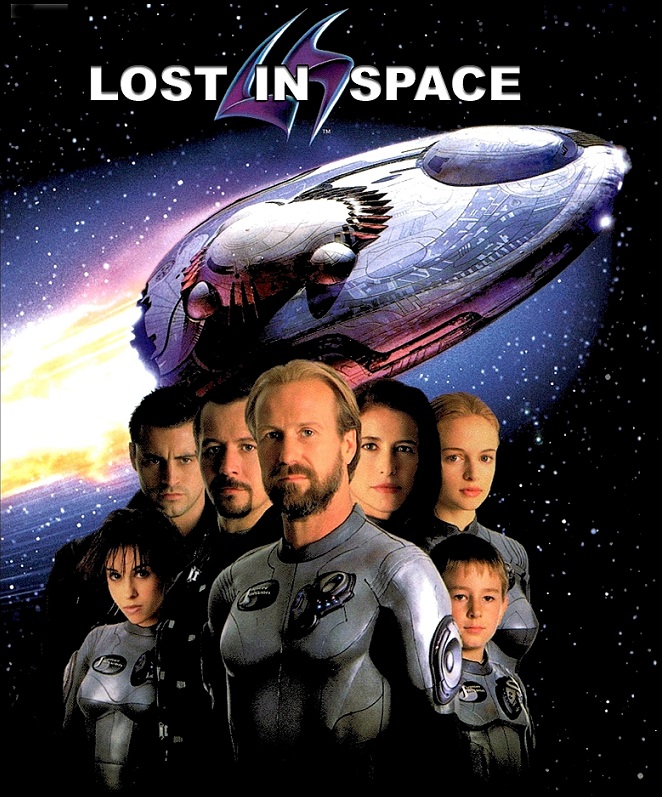 They used laser guns and had a force field to protect their campsites, they had small transceivers for communication, and they could grow hydroponic gardens on new planets. The Robot could run air and soil tests, discharge electrostatic charges, scan for threats, and produce a smoke screen. Their costumes took cues from NASA’s spacesuits made with aluminum-coated fabric and Velcro fasteners.
They used laser guns and had a force field to protect their campsites, they had small transceivers for communication, and they could grow hydroponic gardens on new planets. The Robot could run air and soil tests, discharge electrostatic charges, scan for threats, and produce a smoke screen. Their costumes took cues from NASA’s spacesuits made with aluminum-coated fabric and Velcro fasteners.
In 1998 Lost in Space was revived by New Line Cinema when it was adapted for the big screen, featuring cameos and homage to storylines from the original TV series, including Tufeld returning as the Robot. The movie starred William Hurt, Mimi Rogers, Heather Graham, Lacey Chabert, and Jack Johnson as the Robinsons with Matt LeBlanc as Don West and Gary Oldman as Zachary Smith.
A television reboot called The Robinsons: Lost in Space was attempted in 2004, but was not greenlit.
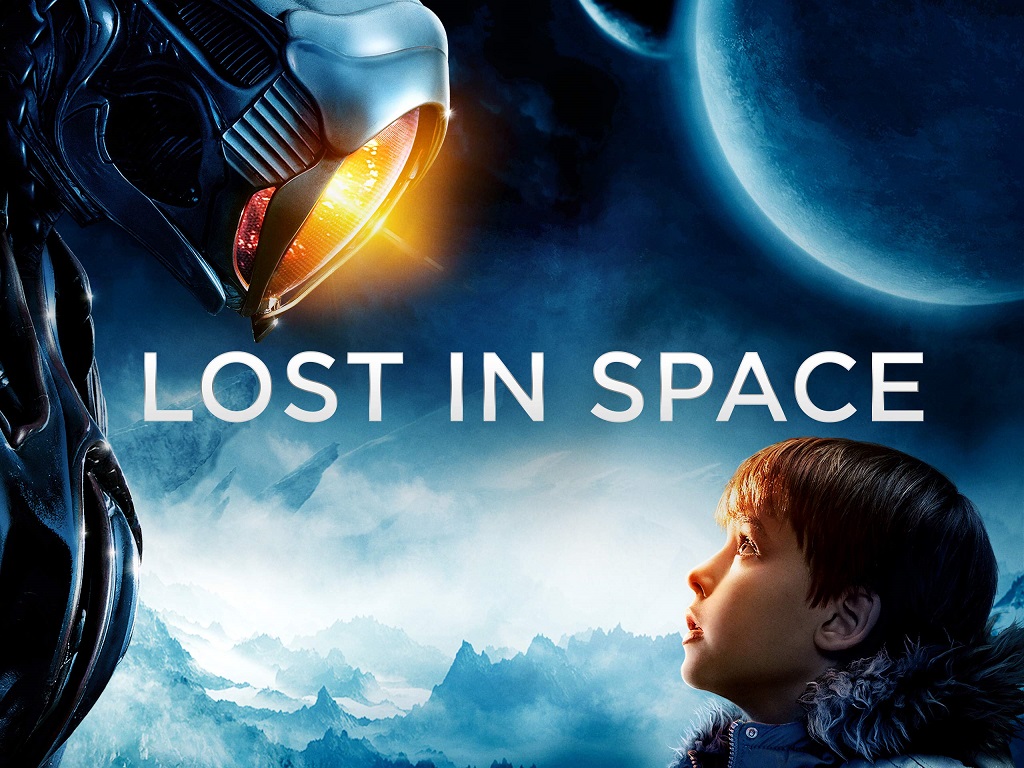 In 2018 a fresh Lost in Space reboot premiered on Netflix in April, kicking off a ten-episode first season. Mumy returned to play Zachary Smith, with Toby Stephens, Molly Parker, Taylor Russell, Mina Sundwall, and Maxwell Jenkins as the Robinsons, Ignacio Serricchio as Don West, and Brian Steele as the Robot. The series has been fairly well received, and a second ten-episode season available on December 24, 2019. The third season is planned for 2021, though the COVID-19 pandemic has likely affected production.
In 2018 a fresh Lost in Space reboot premiered on Netflix in April, kicking off a ten-episode first season. Mumy returned to play Zachary Smith, with Toby Stephens, Molly Parker, Taylor Russell, Mina Sundwall, and Maxwell Jenkins as the Robinsons, Ignacio Serricchio as Don West, and Brian Steele as the Robot. The series has been fairly well received, and a second ten-episode season available on December 24, 2019. The third season is planned for 2021, though the COVID-19 pandemic has likely affected production.











